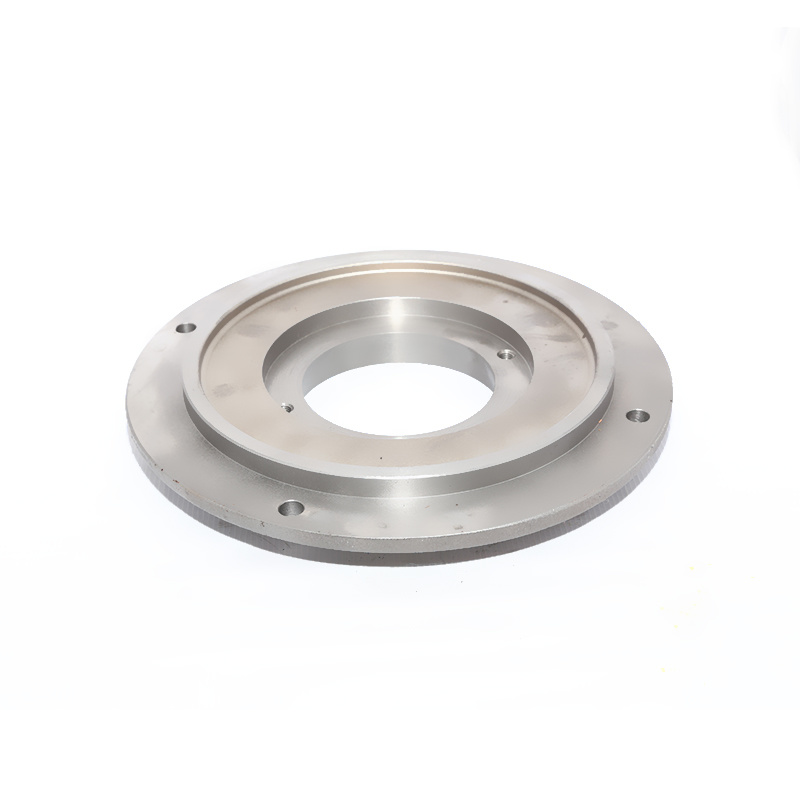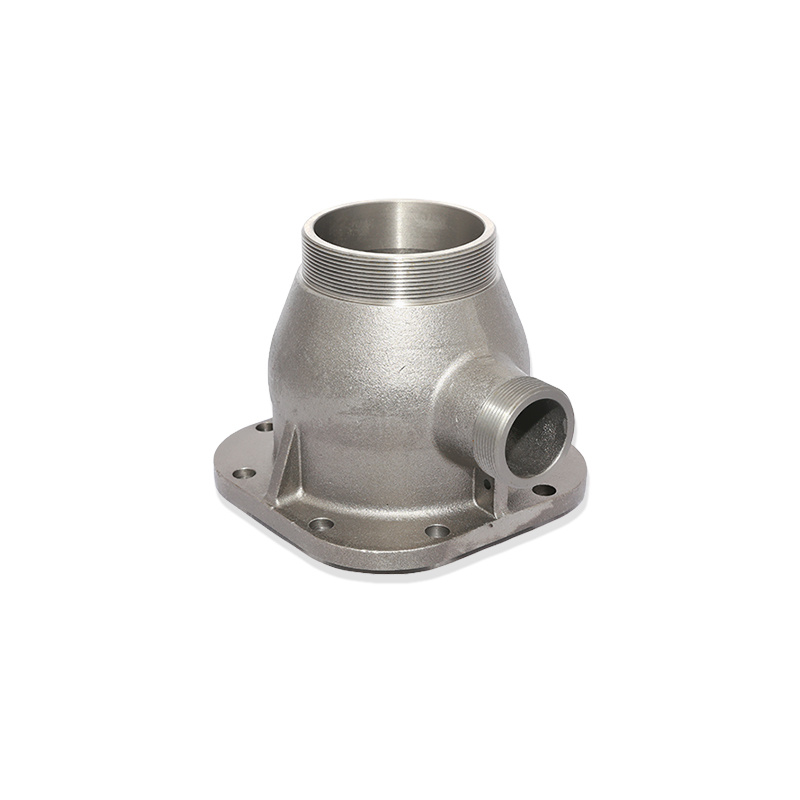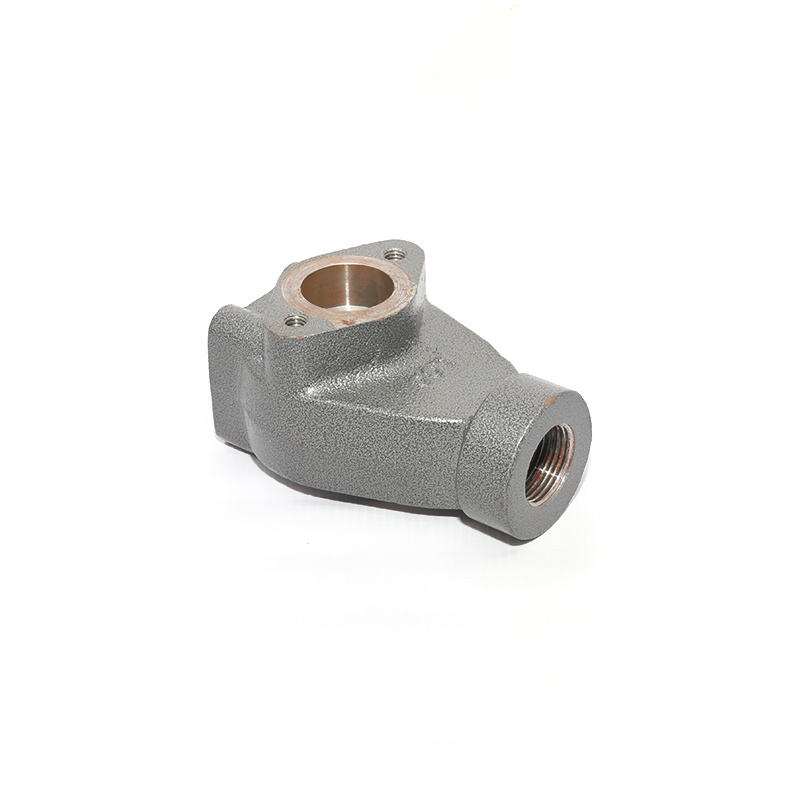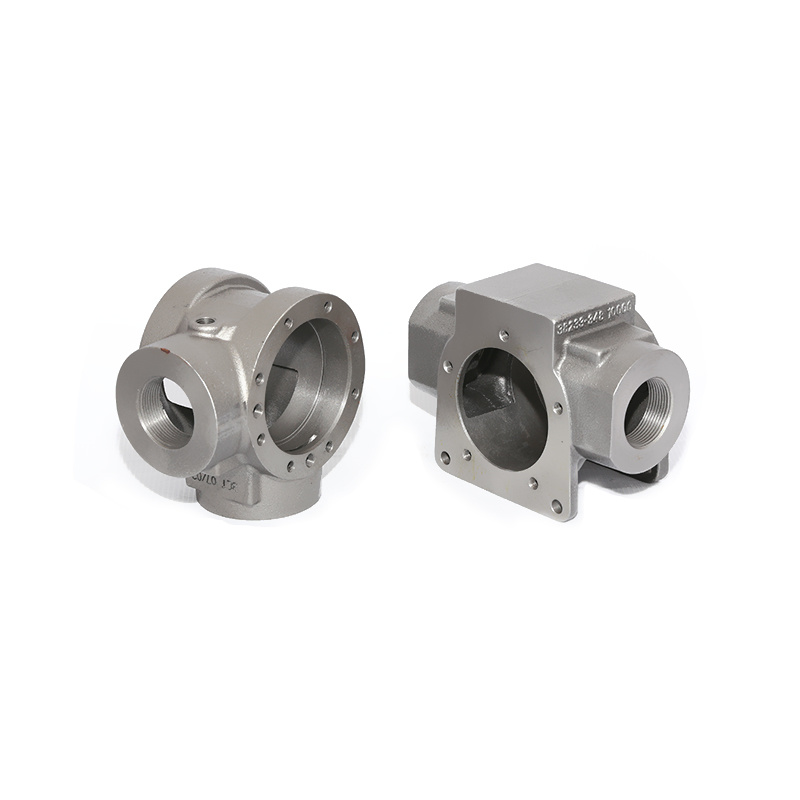language
English
العربية
বাংলাদেশ
Български
Hrvatski
Česky
Dansk
Nederland
Esperanto
Slovenski
filipino
Suomi
Français
Maori
Georgian
Deutsch
Ελλάδα
ישראל
इंडिया
Magyarország
Ísland
Indonesia
Irlanda
Italia
日本語
Sovensko
Հայաստան
한국
Kyrgyz
ປະເທດລາວ
Latvian
Lithuanian
Luxembourgish
Macedonian
Малайская
Maltese
Монгол улс
ဗမာ
नेपाल
Norge
ایران
Polska
Portugal
România
Российская
Србија
Србија
Bosanski
Slovenian
Беларус
España
Sverige
Точик
ประเทศไทย
Türk
Azərbaycan
Uzbek
Việt Nam
The Science Behind Single Counterbalance Valves and Pump Dynamics: Unleashing the Power of Fluid Mechanics
Jun 10,2025
The Science Behind Single Counterbalance Valves and Pump Dynamics
Table of Contents
- 1. Introduction to Single Counterbalance Valves
- 2. Understanding Pump Dynamics
- 3. Mechanics of Single Counterbalance Valves
- 4. Applications in Industrial Equipment
- 5. Impact on Self-Priming Pumps
- 6. Benefits of Counterbalance Systems
- 7. Common Issues and Solutions
- 8. The Future of Counterbalance Valves in Pump Technology
- 9. Frequently Asked Questions
- 10. Conclusion
1. Introduction to Single Counterbalance Valves
Single counterbalance valves are essential components in hydraulic systems that manage and control the flow of hydraulic fluid, ensuring stability and balance in dynamic systems. These valves play a crucial role in various applications, from construction machinery to automotive systems, where maintaining consistent pressure and flow is vital. As industries evolve, the demand for efficient and reliable hydraulic systems increases, making an understanding of these valves more important than ever.
2. Understanding Pump Dynamics
Pump dynamics refer to the behavior and performance characteristics of pumps, particularly concerning how they interact with hydraulic systems. Fluid dynamics principles govern how fluids move through pumps and pipes, dictating efficiency, pressure, and flow rates. Understanding these principles allows engineers and operators to optimize pump performance, reducing energy consumption and wear while maximizing output.
The Role of Fluid Mechanics in Pump Dynamics
Fluid mechanics is the branch of physics that studies the behavior of fluids at rest and in motion. It encompasses two main areas: hydrostatics, which deals with fluids at rest, and hydrodynamics, which focuses on fluids in motion. Knowledge of these principles is essential for understanding how pumps work, how to troubleshoot issues, and how to enhance system performance.
3. Mechanics of Single Counterbalance Valves
Single counterbalance valves operate on the principle of balancing hydraulic pressure to maintain a stable system. They regulate the flow of fluid in a hydraulic circuit, allowing for precise control of hydraulic actuators. When the load on the actuator changes, the counterbalance valve adjusts the flow to maintain pressure, preventing unintended movement.
How Counterbalance Valves Adjust Flow
Counterbalance valves feature a unique design that includes a pilot-controlled mechanism. When the system experiences an increase in load, the valve senses the change in pressure and responds by adjusting the flow rate of the hydraulic fluid. This action stabilizes the pressure within the system, ensuring that the actuator operates smoothly and consistently.
Components of a Single Counterbalance Valve
A typical single counterbalance valve comprises several key components:
- **Body**: The main housing that contains the internal components.
- **Spool**: A cylindrical element that moves within the valve body to control fluid flow.
- **Spring**: Provides resistance against the spool, allowing for pressure regulation.
- **Pilot Control**: A mechanism that detects pressure changes and adjusts the spool's position accordingly.
4. Applications in Industrial Equipment
Single counterbalance valves are widely used in various industries, including construction, manufacturing, and automotive. Their ability to regulate pressure and flow makes them indispensable in equipment such as excavators, forklifts, and hydraulic presses.
Construction Machinery
In construction machinery, counterbalance valves ensure that heavy loads can be lifted and maneuvered safely. By maintaining consistent pressure, these valves prevent sudden drops or uncontrolled movements that could lead to accidents.
Manufacturing Processes
In manufacturing, counterbalance valves play a crucial role in hydraulic systems that power automated machinery. They ensure that processes like mold closing, stamping, and sheet metal forming operate smoothly and without interruption.
Automotive Applications
In the automotive sector, single counterbalance valves are used in hydraulic braking systems and power steering mechanisms. They help maintain the necessary pressure to ensure safety and efficiency in vehicle operations.
5. Impact on Self-Priming Pumps
Self-priming pumps rely heavily on effective fluid dynamics to function properly. These pumps are designed to draw fluid into the system without external assistance, making their interaction with counterbalance valves critical.
The Importance of Stability in Self-Priming Pumps
Counterbalance valves enhance the stability and efficiency of self-priming pumps. By regulating pressure, they help maintain flow rates, ensuring that the pump operates at optimal performance without the risk of cavitation or other fluid-related issues.
Enhancing Performance through Integration
Integrating counterbalance valves into self-priming pumps can significantly improve overall system performance. This integration allows for better control over the pump's operation, leading to increased efficiency, reduced energy consumption, and extended equipment life.
6. Benefits of Counterbalance Systems
Implementing single counterbalance valves in hydraulic systems offers numerous advantages, including enhanced safety, improved operational efficiency, and reduced wear and tear on components.
Enhanced Safety Measures
By preventing uncontrolled movements in hydraulic systems, counterbalance valves play a vital role in ensuring the safety of operators and equipment. This feature is particularly crucial in heavy machinery applications.
Improved Operational Efficiency
Counterbalance systems allow for smoother operation of hydraulic actuators, reducing the energy required to maintain pressure and flow. This efficiency can lead to significant cost savings in energy and maintenance.
Longevity of Equipment
Reduced wear and tear on hydraulic components result from the consistent operation provided by counterbalance valves. This leads to a longer lifespan for pumps and machinery, thereby decreasing overall operational costs.
7. Common Issues and Solutions
Despite their benefits, single counterbalance valves can experience various issues that may hinder their performance. Understanding these common problems and their solutions is essential for maintaining efficient hydraulic systems.
Leakage Problems
Leakage is a frequent issue with counterbalance valves. It can stem from worn seals or damaged components. Regular maintenance and timely replacement of seals can mitigate this problem.
Pressure Fluctuations
Inconsistent pressure can lead to unstable operation. Ensuring that the valve is correctly calibrated and that no obstructions are present in the hydraulic lines can help resolve this issue.
8. The Future of Counterbalance Valves in Pump Technology
As technology advances, the design and functionality of single counterbalance valves will continue to evolve. Innovations in materials and engineering will likely enhance their efficiency and reliability, paving the way for smarter hydraulic systems.
Integration with Smart Technology
The integration of IoT technology into hydraulic systems will enable real-time monitoring and adjustment of counterbalance valves. This capability will lead to even greater efficiency and performance in industrial applications.
Eco-Friendly Developments
As industries move towards sustainability, the development of eco-friendly hydraulic systems, including counterbalance valves, will become increasingly important. This shift will not only reduce environmental impact but also align with regulatory requirements.
9. Frequently Asked Questions
What is a counterbalance valve?
A counterbalance valve is a hydraulic component that regulates fluid flow and pressure in a hydraulic system, ensuring stability and control during operation.
How does a single counterbalance valve work?
A single counterbalance valve works by sensing changes in load and adjusting the flow of hydraulic fluid to maintain consistent pressure, preventing unintended movement.
What are the applications of counterbalance valves?
Counterbalance valves are used in various applications, including construction machinery, manufacturing equipment, and automotive systems, where controlled fluid dynamics are essential.
Why are counterbalance valves important for self-priming pumps?
They are crucial for self-priming pumps because they help maintain stable pressure and flow, preventing issues like cavitation and ensuring optimal performance.
What are common issues with counterbalance valves?
Common issues include leakage, pressure fluctuations, and wear of seals. Regular maintenance and monitoring can help mitigate these problems.
10. Conclusion
Understanding the science behind single counterbalance valves and pump dynamics is essential for optimizing hydraulic systems in various industries. These valves play a pivotal role in maintaining stability, efficiency, and safety in equipment operations. By exploring their mechanics, applications, and future developments, we can appreciate the significance of these components in modern industrial equipment and components, particularly self-priming pumps. As technology advances, we anticipate exciting innovations that will further enhance the performance and reliability of counterbalance valve systems, ensuring they remain integral to fluid dynamics in the years to come.
Latest News





